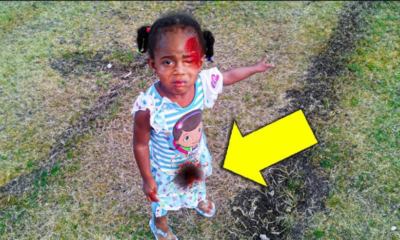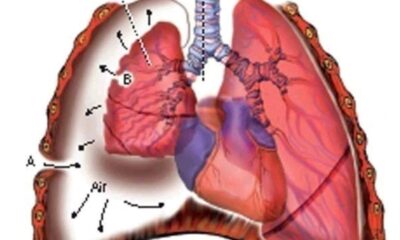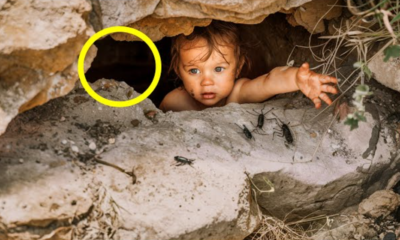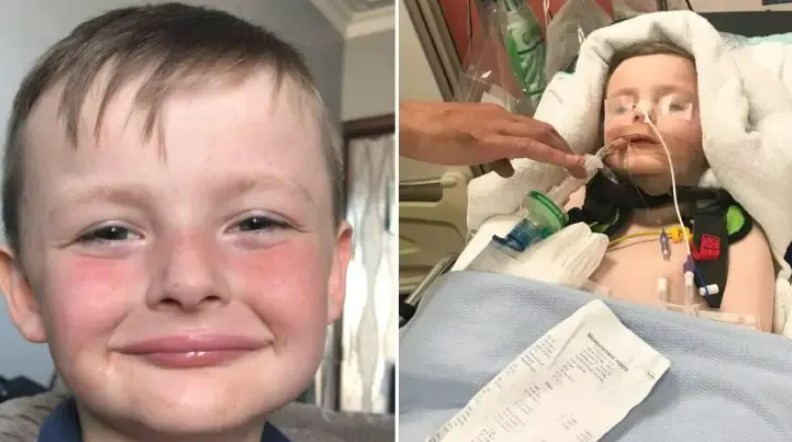As a parent, few experiences are more stomach-churning than walking in on your precious child doing something awful. Unfortunately, that’s exactly what happened to a Maryland mother when she checked on her 14-year-old son.
When the mother of Solomon Pule briefly left the room where he and his 8-year-old cousin were playing to put her 2-year-old son down for a nap, she returned to a horrific sight. The Maryland mother noted that both children were being far “too quiet,” but she never imagined that it would be for such a terrible reason…Click Here To Continue Reading>> …Click Here To Continue Reading>>
She returned to the room to find both children partially undressed and Solomon on top of his young cousin, raping her. The mother also observed a pair of scissors on the loveseat next to them.
According to CBS Baltimore, “The mother told police she was upstairs putting her 2-year-old down for a nap and told her son and 8-year-old niece to clean up the living room. She noticed it was too quiet and went back downstairs to check on them. She found them on the loveseat: Pule with his pants down and her niece with her skirt up. A pair of scissors next to them.”
In a police interview, the 8-year-old girl stated that her cousin had threatened to cut her with scissors if she made any noise. She also confirmed that “he shoved his thing” inside her. “Solomon told me if I scream to tell you he was going to cut me,” the girl tried to explain, as it reads in a statement of probable cause. “He shoved his thing in me,” she added.
Solomon’s mother reported the case to Baltimore City Police, who arrested Solomon for rape. During an interrogation, the boy admitted to raping his cousin. He was transported to the Baltimore City Detention Center and charged with first- and second-degree rape. Officials have confirmed that he will be charged as an adult, which means that he could be spending the rest of his life in prison.
Under Maryland state law, a child between the ages of 14 and 18 can be tried as an adult under the condition that an adult who committed that same crime would be punished by death or life in prison. Maryland’s state law also allows children aged 16 and over to be charged as an adult for abduction, kidnapping, murder, rape, robbery, and crimes involving weapons. Although it is still relatively uncommon for a young teen to be charged as an adult, those who are convicted as adults serve their time in adult prison. Additionally, the crime becomes part of the teen’s public criminal record. READ FULL STORY HERE>>>CLICK HERE TO CONTINUE READING>>>
“Young offenders happen with some degree of frequency here,” said Adam Rosenberg, Executive Director of the Baltimore Child Abuse Center. “In 2013 alone, we saw 155 cases where the offender was age nine to age fourteen,” he explained.
Rosenberg added that children who are victims of sexual abuse are far more likely to become perpetrators if they are not given the right treatment. Counseling is a necessary step for the victim and the offender.
Sadly, the Baltimore Child Abuse Center sees more children ages six and younger than any other age group. This is due largely to the fact that these children are the most vulnerable; many of them cannot fight back or speak up when they are being abused by someone older and more powerful.
“No one’s ready to put children to therapy, and yet that’s one of the best things that we can do to prevent bad future outcomes from happening,” said Rosenberg, implying that parents are sometimes reluctant to enroll their children in the necessary therapy following an instance where abuse was discovered. This can lead to dire consequences in the future.
The Solomon Pule case is tremendously sad for everyone involved. Even Pule is a victim to some degree. His actions indicate that he had been exposed to sex and violence either at home or elsewhere, ultimately leading him to commit a horrid crime against his cousin. Now, she will never be the same, having had her innocence stolen at such a young age. Indeed, this family will be forever marred by this horrific ordeal, and those who will suffer most are, sadly, the children.


 METRO9 months ago
METRO9 months ago
 METRO10 months ago
METRO10 months ago
 SPORTS11 months ago
SPORTS11 months ago
 HEALTH & LIFESTYLE5 months ago
HEALTH & LIFESTYLE5 months ago
 SPORTS9 months ago
SPORTS9 months ago
 METRO10 months ago
METRO10 months ago
 IN-THE-NEWS11 months ago
IN-THE-NEWS11 months ago
 METRO5 months ago
METRO5 months ago


